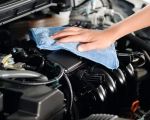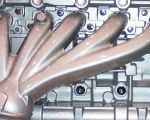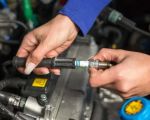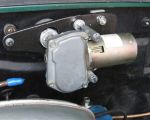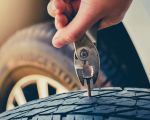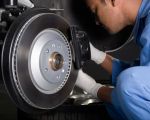How to Fix a Car with a Faulty Starter Motor
When my car refused to start one chilly morning, I was frustrated but also determined to figure out what was going on. After a bit of investigation, I discovered the issue was a faulty starter motor. This was my first time dealing with such a problem, but after some research and hands-on work, I was able to fix it. In this guide, I will walk you through how I managed to troubleshoot and repair a car with a faulty starter motor. Whether you're dealing with a sluggish start or a complete failure to start, these steps will help you identify the problem and fix it efficiently.1. Understanding the Role of the Starter Motor
Before diving into the repair process, it's important to understand what the starter motor does in your vehicle. The starter motor is responsible for turning the engine over and getting it running. It engages when you turn the ignition key and, through electrical energy, helps initiate the combustion process. If the starter motor isn't working properly, your car won't start, and you may hear a clicking sound when turning the key or notice that there’s no response at all.2. Signs of a Faulty Starter Motor
The next step is to identify whether the starter motor is indeed the culprit. Some common signs that your starter motor might be failing include:- Clicking sound: When you turn the key, you might hear a single click or a series of clicks. This indicates that the solenoid is working but the motor isn’t engaging.
- No noise: If there’s complete silence when you try to start the engine, the starter motor may not be receiving power or could be completely faulty.
- Grinding noise: A grinding sound could mean the starter motor’s gears are misaligned or worn out.
- Intermittent starting issues: If your car starts sometimes and other times it doesn’t, the starter motor might be struggling to engage properly.















